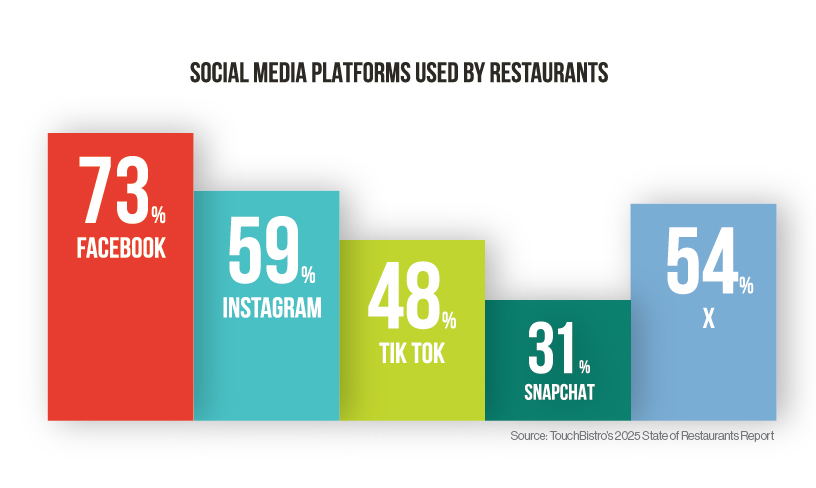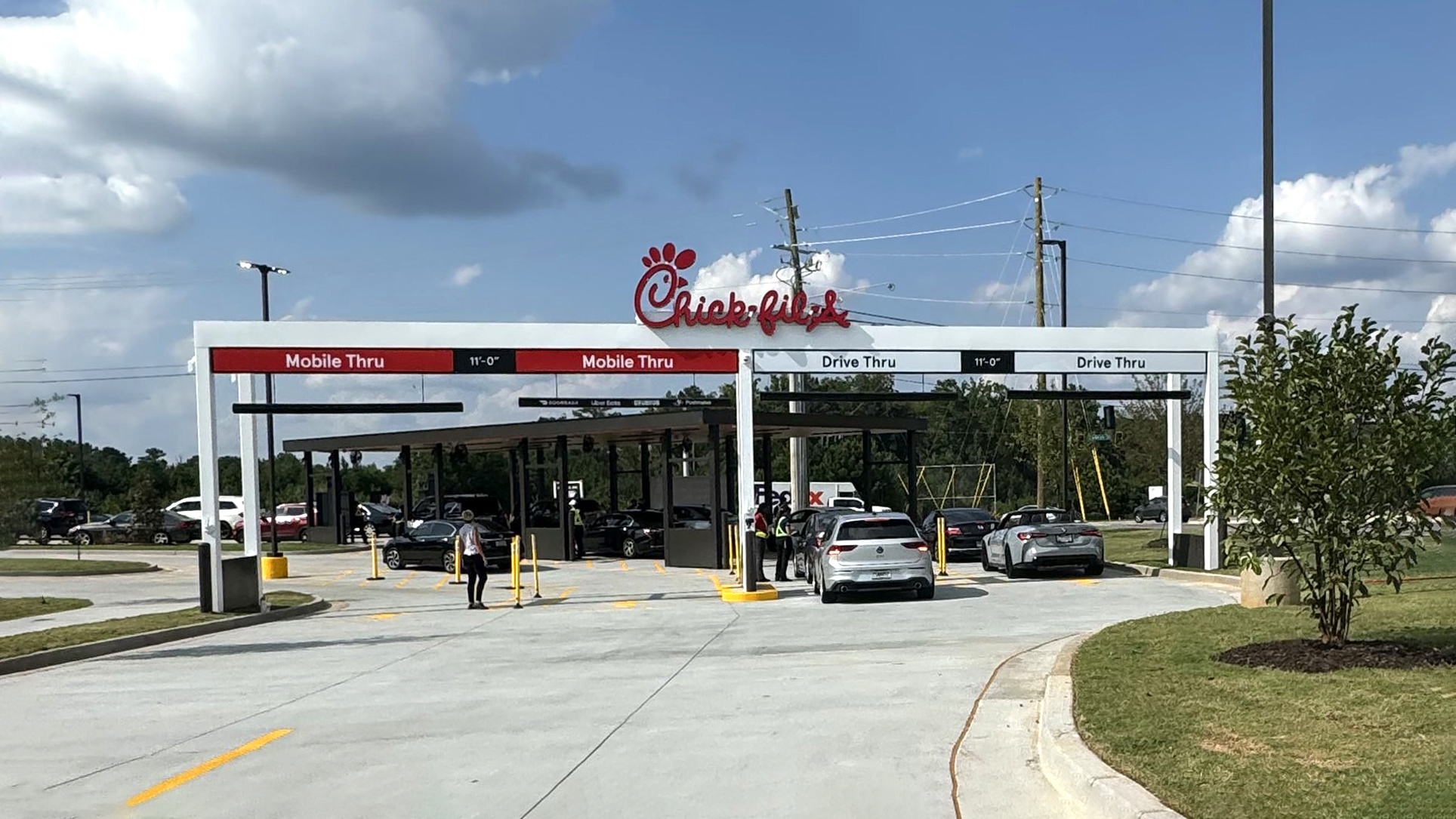Quick Service Restaurants (QSRs) are a staple in our dual-income household. With two boys actively involved in competitive sports, my spouse and I often rely on fast, convenient, and healthy dinner solutions to make the most of the short window between work and practice.
Over the years, we’ve tried most of the QSR options in our area. Like most families, we have our favorites, primarily dictated by our boys’ preferences. Our kids, part of the younger segment of Generation Z (those born roughly between the mid-1990s and early 2010s), belong to the most diverse generation—and the fastest-growing demographic for QSRs. As Gen Z continues to emerge as the largest consumer base for quick service restaurants, understanding their preferences and trends is becoming increasingly critical for businesses in the industry.

Gen Z is highly influenced by social media. To stay relevant, QSR operators are increasingly leveraging at least one social media platform. While Facebook remains the most used platform, TikTok usage among operators has surged—rising from 26% in 2023 to 48% in 2024. This shift may reflect Gen Z’s preference for TikTok over traditional search engines like Google, driving its growing role in QSR marketing strategies.1
Social media insights from Gen Z reveal four key trends shaping QSRs:
- Menu Variety
- High-Value Deal
- Family Friendly
- Sustainability
TREND 1: MENU VARIETY
Gen Z craves bold, innovative flavors, pushing QSRs to diversify their menus and offer specialty items. My boys often ask to visit a restaurant to try something new from a limited-time menu. Even when restaurants don’t introduce new items, social media has become a platform for creativity, showcasing ways to transform standard QSR menu items into unique dishes.
For example, a widely shared social media video showcases a creative way to transform Wendy’s Spicy Chicken Sandwich into a Spicy Chicken Ranch Burger. The video guides viewers step-by-step on how to order specific items from the menu—the Spicy Chicken Sandwich, a burger patty, a packet of ranch dressing, and a slice of cheese—and then combine them into a brand-new meal. This simple customization elevates the classic sandwich into something unique and flavorful, sparking excitement among viewers eager to try it themselves. These videos showcase the versatility of existing menu items while inspiring customers to get creative with unique, personalized combinations. They’ve become a powerful tool for QSRs, boosting customer engagement, encouraging repeat visits, and adding an element of creativity to the dining experience.
TREND 2: HIGH-VALUE DEAL
Gen Z prioritizes both health and affordability when choosing where to eat. QSR brands perceived to balance these factors—offering nutritious options at a cost-effective price—are seeing improved performance. For health-conscious, value-driven Gen Z consumers, social media is a go-to source for creative meal prep ideas using catering-sized orders from QSRs. One popular trend showcases Chipotle meal prep, with videos breaking down what to order, the total cost, and how many meals can be made from a single catering order. These videos provide practical, budget-friendly solutions that align with this generation’s priorities.
TREND 3: FAMILY FRIENDLY
QSR brands catering to families—especially those with Gen Z kids—are outperforming their competitors. One way to better serve these customers is by enhancing convenience, such as offering high-capacity drive-thru options.
A prime example is Chick-fil-A’s first elevated drive-thru concept, launched in August 2024 located south of metro Atlanta on Jodeco Road. This innovative design features four drive-thru lanes, increasing efficiency while maintaining the brand’s signature in-person meal delivery and exceptional customer experience.

Attracting families to QSRs can also be achieved through collaborations with popular social media influencers, like Mr. Beast’s partnership with Zaxby’s. These partnerships tap into Gen Z’s fanbase, encouraging families to visit QSRs for exclusive offerings like the Mr. Beast Box.
Families with young children are a key demographic, as those who buy kids’ meals tend to visit QSRs more often. One effective way to engage this audience is by offering appealing toys in kids’ meals, making the experience more exciting for young diners.
TREND 4: SUSTAINABILITY
Sustainability is another top priority for Gen Z consumers, who expect companies to take meaningful action in reducing their carbon footprint. McDonald’s, for example, has pledged that by the end of 2025, all Happy Meal toys worldwide will be made from renewable, recycled, or certified materials.
This initiative is projected to cut conventional virgin plastic use by 90%, an impact comparable to the entire population of Washington, D.C. going plastic-free for a year.2
FINAL THOUGHTS
In our family, we’re always striving to strike a healthy balance for our Gen Z boys when it comes to using social media. It’s an ongoing effort, but we recognize the value it brings as a tool for connection and discovery. Platforms like TikTok, YouTube, and Instagram often spark conversations in our home, especially through our family text chat. Sharing interesting videos has become a regular activity, with messages like “Hey Mom, can we go try this?” frequently lighting up our phones.
These interactions have introduced us to new experiences, from testing viral QSR hacks to sampling limited-time collaborations. Social media has a unique way of turning everyday meals into exciting adventures, sparking curiosity and driving us to explore what’s trending.
If our experience is any indication of broader consumer behavior, it underscores the growing power of social media as a marketing tool for QSR brands. It will be fascinating to see how companies continue to innovate in 2025, leveraging these platforms to drive customer engagement and increase visit volumes.
- According to TouchBistro’s 2025 State of Restaurants Report ↩︎
- From McDonald’s website ↩︎

